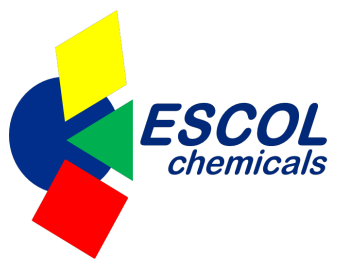What is AEGIS?
2021, LET'S TURN THE PAGE...!


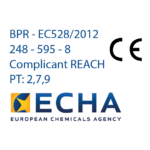
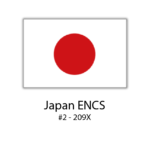
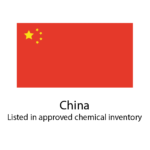
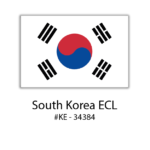


A History of Trust
For more than 50 years, AEGIS® has been the world’s most widely used durable antimicrobial surface protectant, chosen by recognized brands to protect their facilities, fleet and products. Registered worldwide, AEGIS® has a proven track record of safety, durability and efficacy.
Combined with normal cleaning practices, AEGIS® provides residual surface protection against the growth of bacteria, mold, mildew, fungi, algae and yeasts.
How AEGIS® works
AEGIS® modifies treated surfaces to protect them from the damaging effects of bacteria, mold, mildew, fungi, algae and yeasts.
Think of AEGIS® as microscopic spikes and a treated surface as a bed of nails. Bacteria, mold, fungi, mildew, algae and yeasts are attracted to the positive charge of AEGIS’® and then stabbed and electrocuted by the long carbon spikes of AEGIS’®.
AEGIS’® does not degrade or lose strength over time. It provides long-lasting antimicrobial efficacy, protecting the surfaces where we live, work and play.

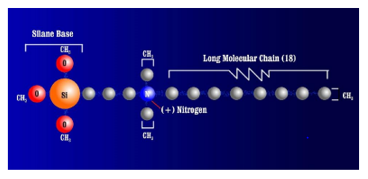
The technical active ingredient
The technical active ingredient is a conventional quaternary ammonium salt (organo) that is chemically spliced to a silane molecule, resulting in a highly active molecule:
(3-trimethoxysilyl propyldimethyloctadecyl ammonium chloride).
Which has both tenacious binding capacity and excellent antimicrobial properties.
During the application process, stable bonds are formed between the OH- sites in the AEGIS® molecule and the positive charge on the nitrogen atoms (N+). The result of this chemical process is the creation of a large copolymer that chemically binds AEGIS® to the target substrate.
Silane base
It allows the antimicrobial to anchor securely to the substrate providing long-lasting antimicrobial protection of the product.
Long molecular carbon chain
The long molecular chain or “spike” is the part that comes into contact with cell membranes and alters them.
Positively charged nitrogen
The positively charged nitrogen atom attracts the negatively charged cell walls of bacteria, molds, fungi and mushrooms.
Commonly treated surfaces
AEGIS® can be used on both hard and soft non-food preparation surfaces. AEGIS® has extensive efficacy testing on a wide range of surfaces including plastic, wood, metal, glass and textiles.
AEGIS® is applied in the manufacturing process of commercial, industrial and consumer products as well as in the built environment, including a wide range of buildings and vehicles. For a list of industry-specific case studies.
Application techniques
AEGIS® can be integrated directly into the manufacturing process or applied in-situ by a combination of spray and wipe, fogging or electrostatic sprayers. AEGIS® should only be applied by trained professionals – PROTECT PROs.
Physical properties of AEGIS®

Clear, colorless and odorless
AEGIS® will not change the appearance or alter the material properties of any treated surface.
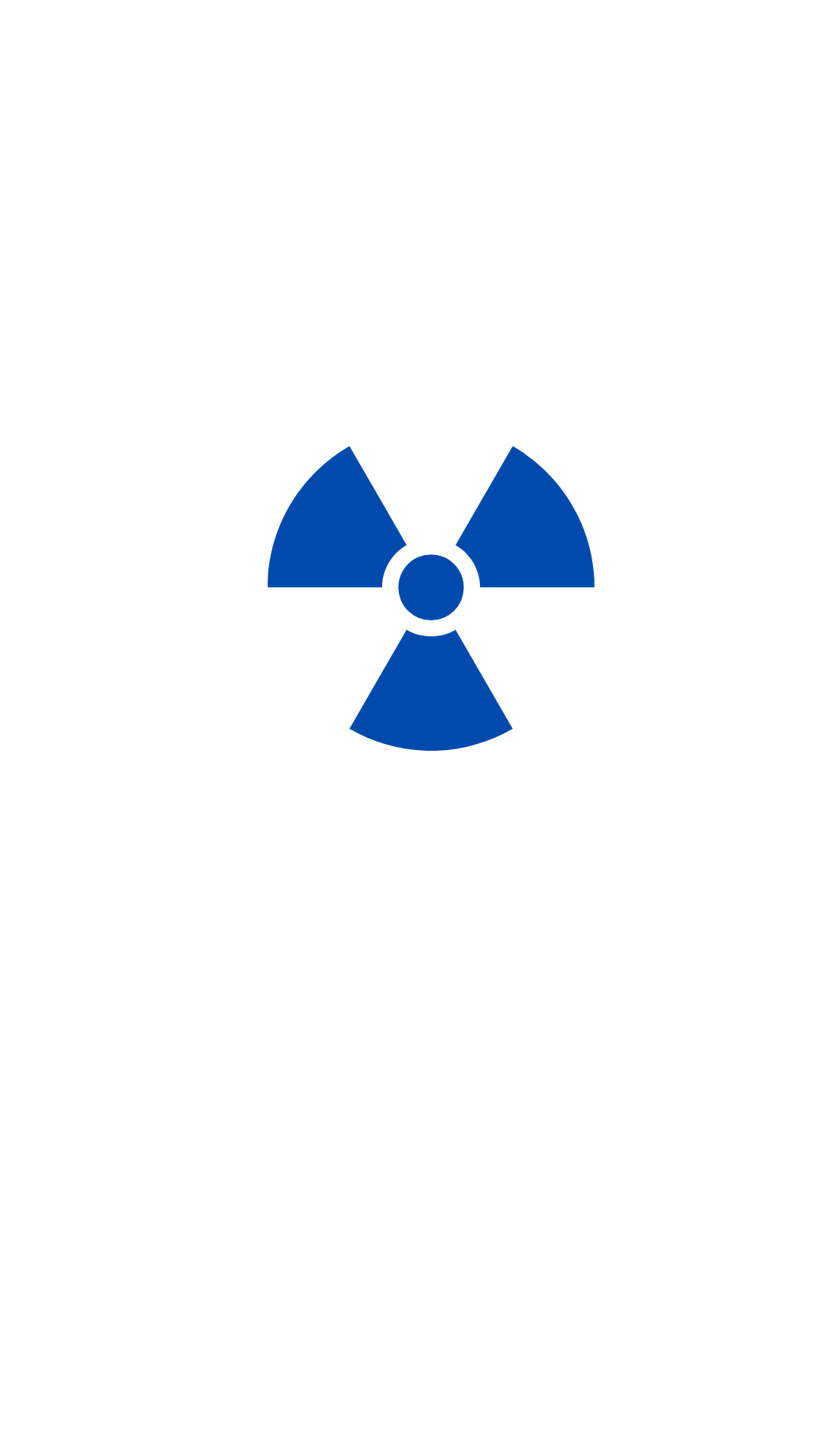
Non-toxic
AEGIS® is non-toxic and has been approved for use in a wide range of consumer products and medical devices.

Non-leaching
Unlike traditional antimicrobials such as triclosan that act by poisoning the cells, AEGIS® does not leave the surface when applied.

Non-flammable
AEGIS® has undergone extensive third-party fire, smoke and toxicity (FST) testing to demonstrate that AEGIS® is non-flammable and safe for the transit industry.

Free of heavy metals
AEGIS® contains no metals or arsenic and will not adversely affect groundwater.

No VOCs
Independent third-party testing demonstrates that AEGIS® does not produce any harmful airborne toxins when applied to a surface.
The AEGIS® brand and distribution
AEGIS® is a trademark of Microban International. ESCOL CHEMICALS is the distributor of AEGIS® in the global aftertreatment market.
